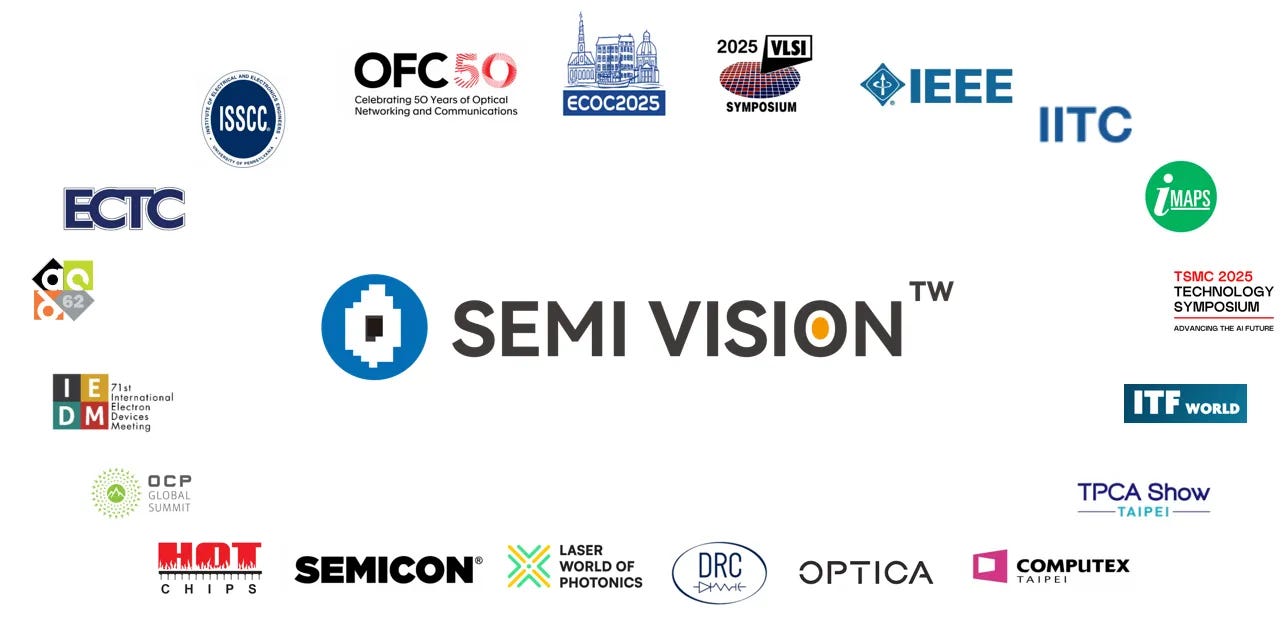From Packaging to Platform: ECTC and IEDM Lead the Era of System-Level Integration
Original Articles By SemiVision Research (IEEE ECTC, IEEE VLSI , IEEE IEDM ,TSMC, Nvidia, Bosch,Google ,Chipletz,ASE,Tyndall ,Intel.AIMPhotonics,AMAT,AMD,Samsung,Imec ,KLA,Adeia,Marvell ,Georgia Tech)
As the global electronics industry moves into a new wave driven by AI and high-performance computing (HPC), advanced packaging technologies are quietly becoming the foundational pillars that support the compute infrastructure of the future. From accelerating inference of large language models (LLMs) to meeting the data center’s growing demand for low-po…



